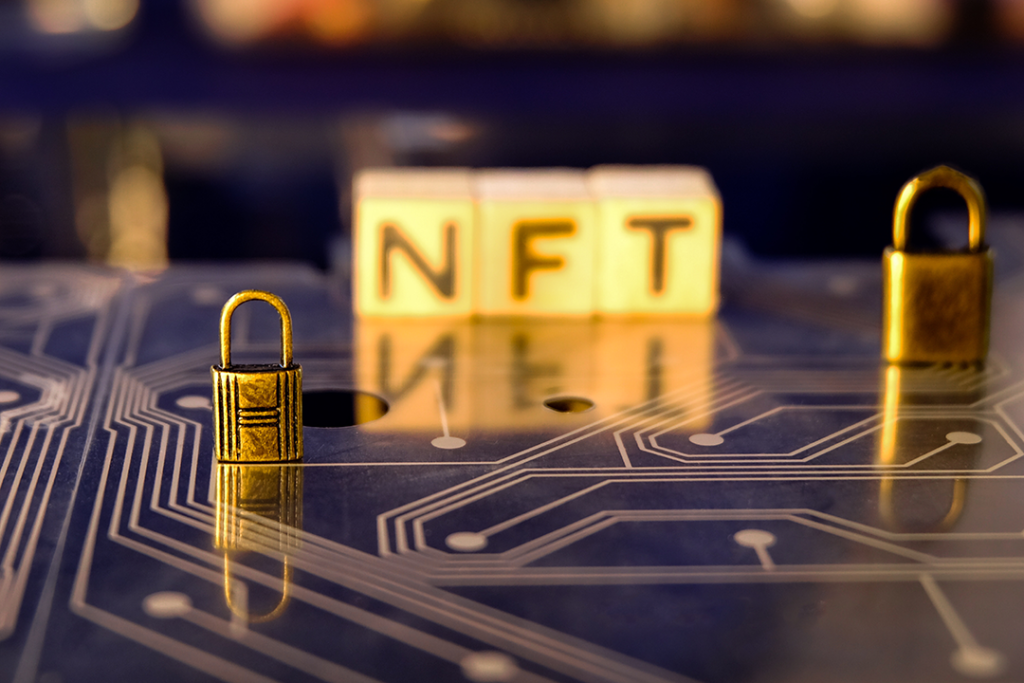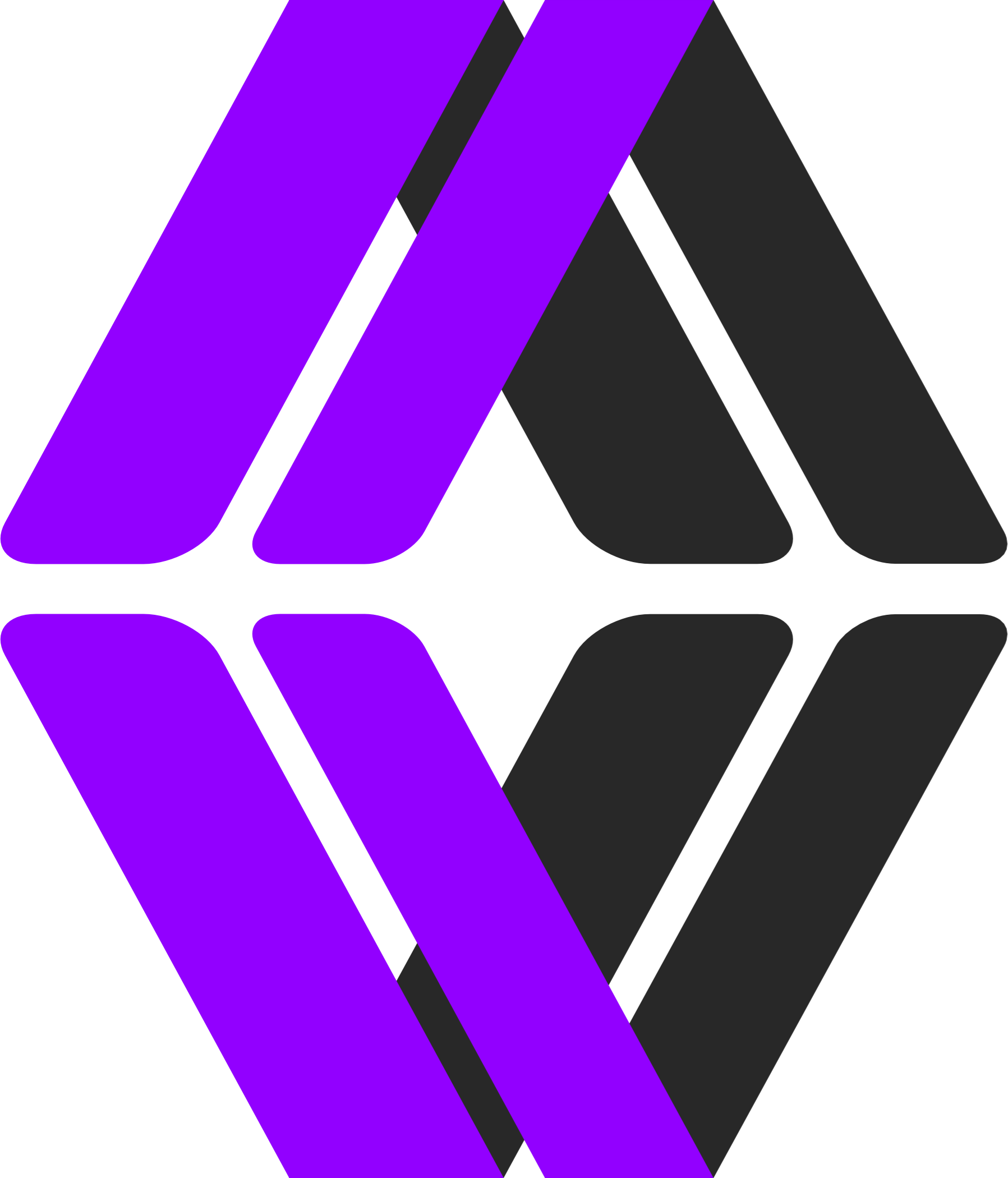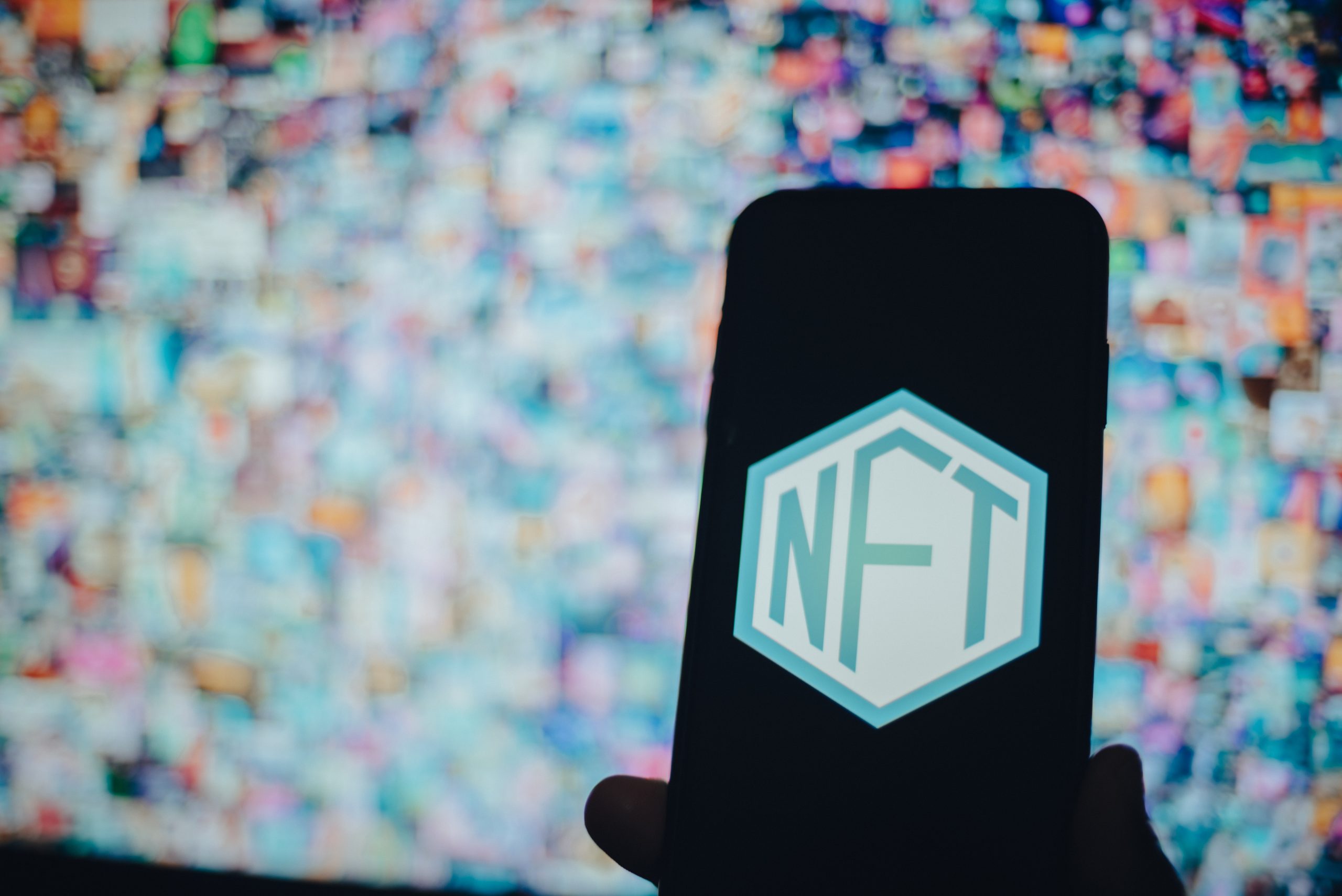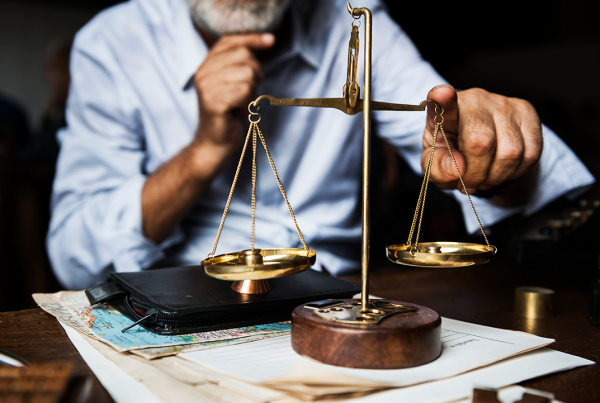What Are NFTs, and What Are Their Benefits?
A non-fungible token (NFT) is a type of digital asset that is unique and cannot be interchangeable. NFTs are usually stored on a blockchain. NFTs have many benefits, including tracking ownership, verifiability, and scarcity.
- Track Ownership: They provide a unique and secure way to track ownership of digital assets. This can be particularly useful for artists, musicians, and creators who want to ensure their work is properly attributed and financially compensated for.
- Verifiability: They offer the ability to verify the authenticity of digital assets. This can reduce fraud in industries such as fine art or luxury goods.
- Scarcity: The uniqueness allows for the creation of limited editions or scarcity of certain digital assets, adding value to collectibles and increasing potential business profits.
While some risks are associated with using or owning NFTs, many believe the potential rewards outweigh the risks. This article will explore what NFTs are, how they work, and some potential applications.

How to Make NFTs, and What Are the Steps Involved?
The first option is to create your own contract. Choose a platform like Ethereum or Solana and build your own smart contract that will mint the NFTs. This is what most people do, but it’s not easy and requires some programming knowledge. There is a great guide for making your own contract over on Alchemy.
The second way is to use a platform like NFT Forge or OpenSea. These platforms can help create the smart contract and handle the logistics of selling your new NFTs. The downside of using these platforms is that they take a commission on every sale made through their platform. This can get expensive for creators if their product takes off.
The last option if you have an idea that you want to make, is to hire a company to help. There are lots of options out there for firms that will help. Some of them will only be developers that will code the contracts. But other firms have a huge list of services that range from marketing, social influencers, and reviewing tokenomics behind the project. The Palisade Community has spent some time with Bridg3. They have some very talented people on staff if you’re looking to launch a project.
What Are NFTs Most Popular Use Cases?
Non-fungible tokens are digital assets that are unique and not interchangeable. NFTs have become popular in recent years due to their ability to represent a wide range of digital assets, including collectibles and in-game items to digital art and real estate. While there are many potential use cases for non-fungible tokens, some of the most popular include collectibles, gaming, and digital art.
- Collectibles: NFTs have allowed for the creation of limited-edition digital collectibles, such as trading cards and virtual real estate. These collectibles have become popular among individual collectors and businesses looking to add value to their offerings.
- Gaming: In the gaming industry, NFTs can be used to represent in-game items or assets that can be bought, sold, and traded by players. This allows for a more secure and efficient way to handle virtual goods within games.
- Digital Art: As an alternative to traditional methods of selling artwork, artists now use NFTs to sell and trade their digital creations. This adds value through rarity and provides a secure way for artists to track ownership and ensure proper attribution and compensation for their work.
How Will the Future of NFTs Be Shaped By Blockchain Technology and Other Advancements in Digital Asset Management?
The future of NFTs will be shaped by blockchain technology and other advancements in digital asset management. Blockchain provides a secure, decentralized platform for managing digital assets, allowing NFTs to be more easily shared and traded.
In addition, blockchain can help protect the intellectual property rights of NFT creators, as each NFT will have a unique digital fingerprint that can be traced back to its creator. Other advancements in digital asset management, such as the development of new storage and exchange platforms, will also play a role in shaping the future of NFTs.
By making it easier to buy, sell, and store NFTs, these advancements will make it easier for people to collect and trade NFTs, driving adoption and increasing the value of these assets.
Are There Any Risks Associated With Using or Owning NFTs?
While NFTs have been gaining popularity, some risks are associated with using or owning them.
- For one, NFTs are stored on a blockchain, a decentralized ledger vulnerable to hacking.
- Additionally, the value of NFTs can be highly volatile, and there is no guarantee that you will be able to sell an NFT for more than you paid.
- Finally, NFTs are not regulated by any central authority, meaning there is no protection if something goes wrong.
Despite these risks, many believe that the potential rewards of using non-fungible tokens outweigh the risks.
How Can Individuals and Businesses Take Advantage of This New Technology to Create More Efficient Workflows and Improve Their Bottom Line?
Non-fungible tokens have been making headlines recently as a new way to store digital assets and information. While the concept is still in its early stages, there is potential for NFTs to revolutionize the way businesses operate.
For example, non-fungible tokens could be used to track ownership of physical assets such as machinery or real estate. This would create a more efficient workflow by eliminating the need for paper documentation. In addition, they could also be used to represent digital assets such as artwork or music. This would allow creators to monetize their work and ensure they receive payment for their efforts.
As the technology develops, there will likely be more uses for NFTs. Businesses taking advantage of this new technology early on will be well-positioned to improve their bottom line.
Conclusion
Non-fungible tokens offer several advantages over traditional digital assets and can be used in various ways. If you’re interested in exploring this new technology, it’s essential to understand how they work and what steps are involved in creating them.




